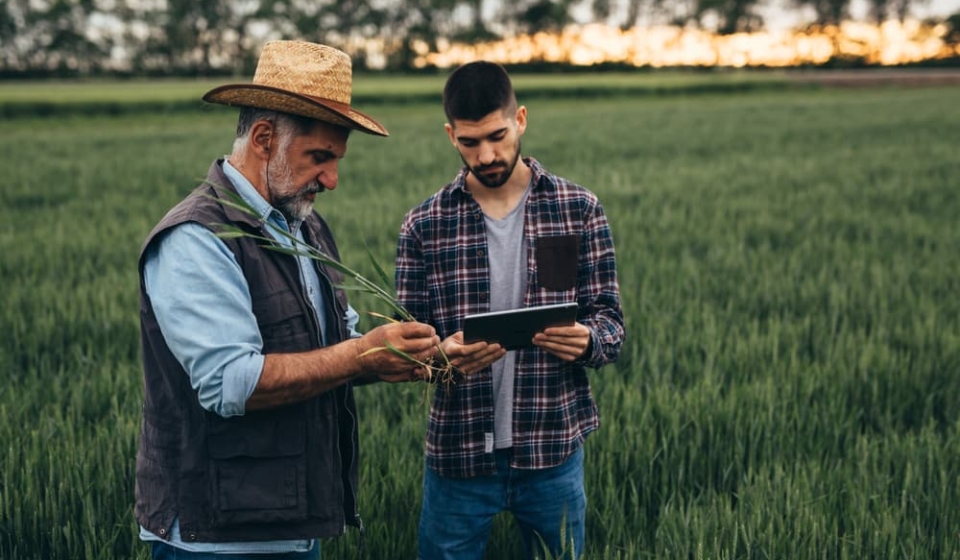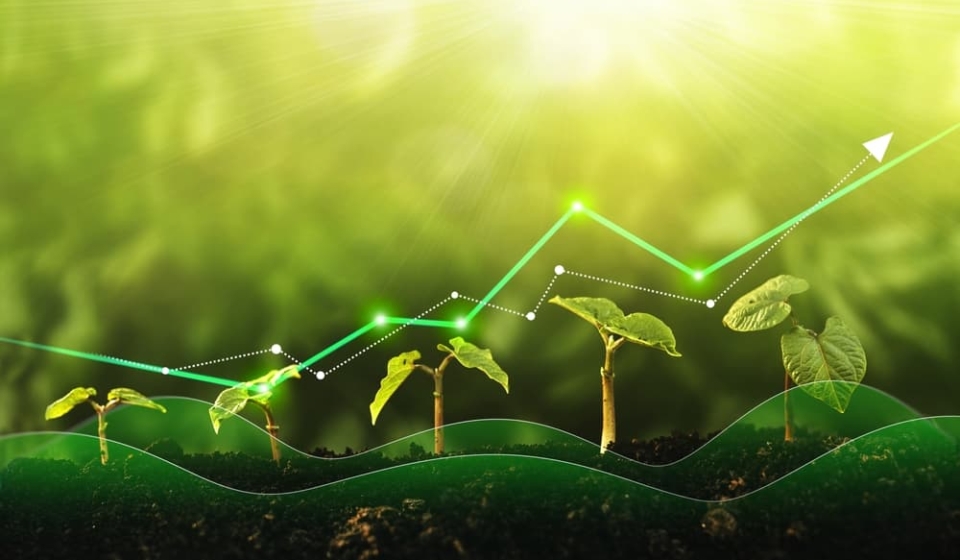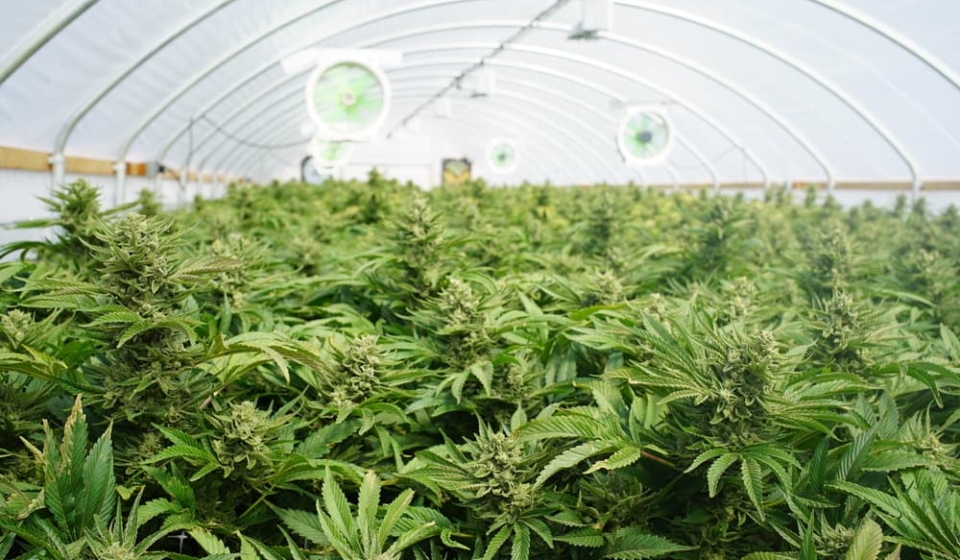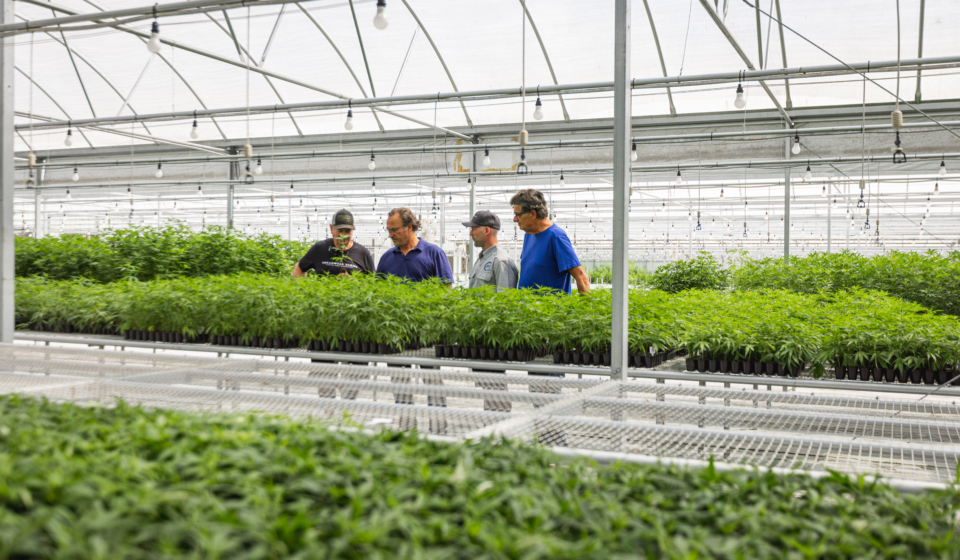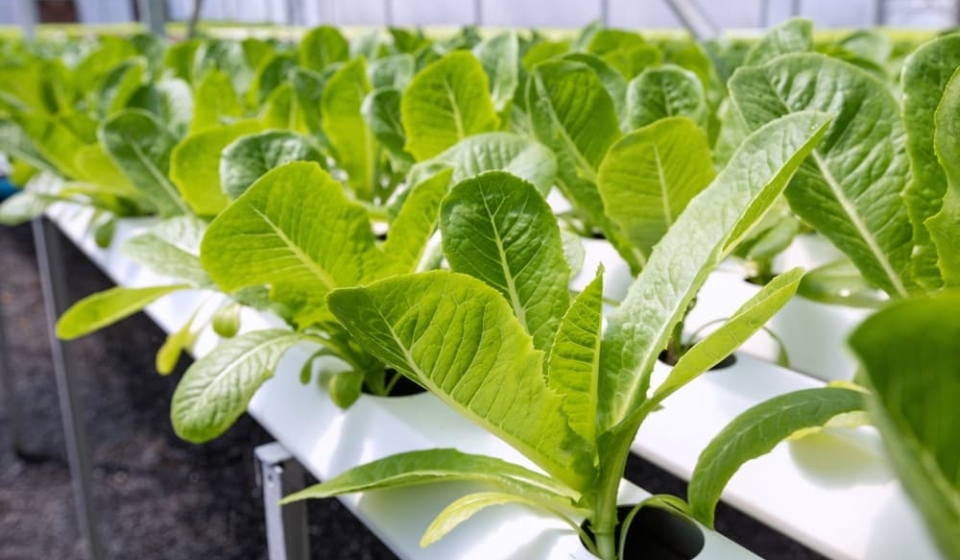Cannabis Sativa strains have a higher THC-to-CBD ratio, which causes an uplifting and inspirational “head high.” As a result, Sativa strains are also typically the recreational marijuana of choice. Since the CBD levels are lower in Sativa strains, the body effects and relaxation properties are less pronounced than with Indica strains. Daytime use of Sativa is preferred as the higher THC content has been shown to have a stimulating effect. Sativa strains are good for conditions of the mind and have been shown to treat depression, stimulate appetite, increase focus, boost energy, and improve moods.
Seedlings
Let’s delve into the cannabis seedling anatomy. The baby cannabis plant, as it starts to develop slowly, is called a seedling. The plant is considered a seedling until fan leaves begin to form. Look for the seedling to be a vibrant green color to monitor the plant’s health early on. If you are growing your own cannabis plant, be sure not to overdo it on the watering, as the weed roots are tiny at this seedling stage.
Stems
When the fan leaves absorb the light from the sun, and new leaf growth appears, the stem will become thicker and stronger. When this happens, more internodes develop around the stem. The structure of cannabis plants is due to the stem, which gives structure to the cannabis plant and supports the leaves, flowers, and branches. The stem comprises a vascular system, including the phloem and xylem. These two parts of the vascular system helps give the entire cannabis plant the support and structure it needs to grow. Growers will usually cut off the top of the stem, allowing the plant to grow even more flowers.
Stigmas
As part of a marijuana plant’s reproductive system, the stigmas are the white hair-like strands that grow on the plant’s pistils. Stigmas are an essential part of the anatomy of a cannabis plant, as these hairs collect the pollen from the male plants and are responsible for creating cannabis plant seeds. After the weed plant is mature, the color of the stigmas can change from white to hues of yellow, orange, red, and, finally, brown. An important note to highlight is that stigmas don’t influence the potency or taste of weed.
Sugar Leaves
The sugar leaves are parts of a cannabis plant similar to regular plant leaves. They are not as large as the fan leaves that grow on the marijuana plant from the cola. You can see the resinous sugar leaves growing between the buds. Sometimes, sugar leaves will have trichomes, depending on the species. Critical to protecting the plant, the sugar leaves have potent trichomes, which contain cannabinoids, like CBD and THC, and terpenes that offer recreational users a lovely high or medical patients benefits to alleviating their symptoms. While sugar leaves are not typically smoked, if they are from quality strains, they can be used to create cannabis products, like extracts, edibles, and oils.


